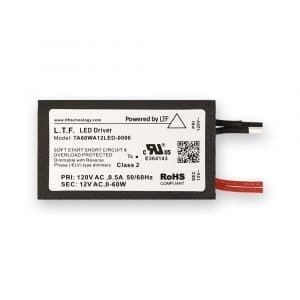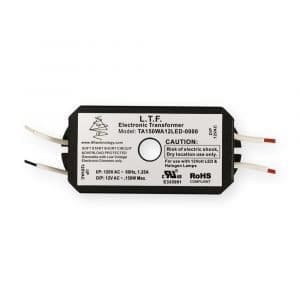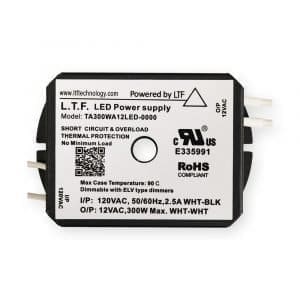Brief history:
Low-voltage transformers have a long history in the lighting industry, dating back to the late 19th century. Initially, lighting was powered by high-voltage systems, which posed a significant safety risk as electrical power became more widespread. In order to address this, engineers developed low-voltage transformers as a way to reduce the voltage to safer levels. This made lighting much safer for households and businesses and helped establish a new electrical safety standard. Over the years, low-voltage transformers have continued to evolve, becoming more efficient and versatile as lighting technology has advanced. Today, they are an essential component in lighting systems, and a 60w LED transformer or a 150w LED transformer can be used to provide sufficient power providing a safe and reliable source of energy for a wide range of LED applications.
How they’re used:
LED no-load transformers are needed to step down from line voltage power wherever low-voltage LED lighting is intended to be used. The goal is to provide sufficient power at all times, based on the number of lights in a circuit, so it is important to select the transformer best suited for the application. Common options include the 60w, 150w, or 300w LED no-load transformer. To determine the size of the transformer needed for LED lighting application, the following factors need to be considered:
– Load (Wattage) of LED lights: The size of the transformer needs to be able to handle the total wattage of the LED lights you plan to use.
– Input voltage: The input voltage of the transformer needs to match the voltage of your electrical system.
– Output voltage: The output voltage of the transformer should match the voltage requirements of your LED lights.
– Safety margins: It is advisable to choose a transformer that has a higher capacity than the total wattage of your LED lights, to ensure adequate safety margins and accommodate for any future expansion.
– Duty cycle: Consider the duty cycle of your LED lights and choose a transformer with a duty cycle rating that matches your needs.
– Efficiency: Choose a transformer with a high-efficiency rating, to minimize power loss and save energy.
It is advisable to consult with a professional electrician or a technical expert to determine the exact size of the transformer needed for your LED lighting application.
Why you want them:
If you’re looking for quality no-load transformers that can reliably start and dim LEDs, one of our transformers (60W, 150W, or 300W) might be your best option. Check out our blog post on Transformers here for more information on what makes a no-load (or zero-load) transformer work. Take a look at the transformers available today to find the right one for your needs.
If you have any questions about our transformers or our other products, feel free to contact us.




